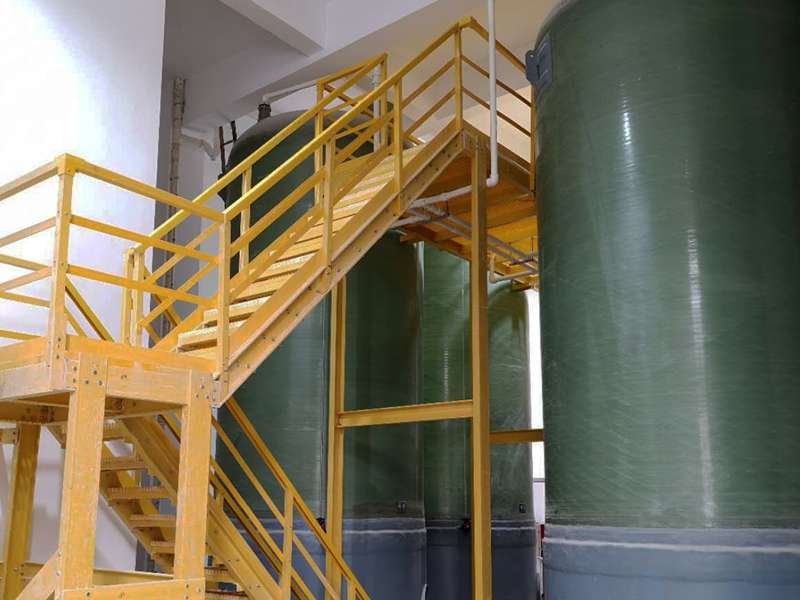
-
 Afrikaans
Afrikaans -
 Albanian
Albanian -
 Amharic
Amharic -
 Arabic
Arabic -
 Armenian
Armenian -
 Azerbaijani
Azerbaijani -
 Basque
Basque -
 Belarusian
Belarusian -
 Bengali
Bengali -
 Bosnian
Bosnian -
 Bulgarian
Bulgarian -
 Catalan
Catalan -
 Cebuano
Cebuano -
 China
China -
 China (Taiwan)
China (Taiwan) -
 Corsican
Corsican -
 Croatian
Croatian -
 Czech
Czech -
 Danish
Danish -
 Dutch
Dutch -
 English
English -
 Esperanto
Esperanto -
 Estonian
Estonian -
 Finnish
Finnish -
 French
French -
 Frisian
Frisian -
 Galician
Galician -
 Georgian
Georgian -
 German
German -
 Greek
Greek -
 Gujarati
Gujarati -
 Haitian Creole
Haitian Creole -
 hausa
hausa -
 hawaiian
hawaiian -
 Hebrew
Hebrew -
 Hindi
Hindi -
 Miao
Miao -
 Hungarian
Hungarian -
 Icelandic
Icelandic -
 igbo
igbo -
 Indonesian
Indonesian -
 irish
irish -
 Italian
Italian -
 Japanese
Japanese -
 Javanese
Javanese -
 Kannada
Kannada -
 kazakh
kazakh -
 Khmer
Khmer -
 Rwandese
Rwandese -
 Korean
Korean -
 Kurdish
Kurdish -
 Kyrgyz
Kyrgyz -
 Lao
Lao -
 Latin
Latin -
 Latvian
Latvian -
 Lithuanian
Lithuanian -
 Luxembourgish
Luxembourgish -
 Macedonian
Macedonian -
 Malgashi
Malgashi -
 Malay
Malay -
 Malayalam
Malayalam -
 Maltese
Maltese -
 Maori
Maori -
 Marathi
Marathi -
 Mongolian
Mongolian -
 Myanmar
Myanmar -
 Nepali
Nepali -
 Norwegian
Norwegian -
 Norwegian
Norwegian -
 Occitan
Occitan -
 Pashto
Pashto -
 Persian
Persian -
 Polish
Polish -
 Portuguese
Portuguese -
 Punjabi
Punjabi -
 Romanian
Romanian -
 Russian
Russian -
 Samoan
Samoan -
 Scottish Gaelic
Scottish Gaelic -
 Serbian
Serbian -
 Sesotho
Sesotho -
 Shona
Shona -
 Sindhi
Sindhi -
 Sinhala
Sinhala -
 Slovak
Slovak -
 Slovenian
Slovenian -
 Somali
Somali -
 Spanish
Spanish -
 Sundanese
Sundanese -
 Swahili
Swahili -
 Swedish
Swedish -
 Tagalog
Tagalog -
 Tajik
Tajik -
 Tamil
Tamil -
 Tatar
Tatar -
 Telugu
Telugu -
 Thai
Thai -
 Turkish
Turkish -
 Turkmen
Turkmen -
 Ukrainian
Ukrainian -
 Urdu
Urdu -
 Uighur
Uighur -
 Uzbek
Uzbek -
 Vietnamese
Vietnamese -
 Welsh
Welsh -
 Bantu
Bantu -
 Yiddish
Yiddish -
 Yoruba
Yoruba -
 Zulu
Zulu
reinforced plastic pipe
The Rise of Reinforced Plastic Pipes in Modern Applications
In recent years, reinforced plastic pipes have gained significant attention in various industries due to their unique combination of strength, durability, and lightweight characteristics. These pipes, which are often made from a composite of plastic and reinforcement materials such as fiberglass, offer a compelling alternative to traditional piping materials like metal and concrete.
Strength and Durability
One of the primary advantages of reinforced plastic pipes is their impressive strength-to-weight ratio. Unlike metal pipes, which can be susceptible to corrosion, reinforced plastic pipes are resistant to many chemicals and environmental factors. This property makes them ideal for use in aggressive environments such as chemical plants, wastewater treatment facilities, and agricultural applications. The added reinforcement—commonly fiberglass or carbon fiber—enhances the structural integrity of the pipes, allowing them to withstand higher pressure and temperature variations compared to standard plastic pipes.
Lightweight and Easy to Install
Reinforced plastic pipes are significantly lighter than their metal counterparts, which simplifies transportation, handling, and installation. This lightweight characteristic reduces labor costs and the need for heavy machinery during installation. In construction projects, the ease of installing these pipes can lead to faster project completion, ultimately resulting in cost savings. Additionally, the flexibility of reinforced plastic pipes allows for easier maneuvering around obstacles during installation.
Corrosion Resistance
Corrosion remains a major issue in traditional piping systems, particularly those made from metal. Reinforced plastic pipes are inherently resistant to corrosion, making them an ideal choice for transporting water, chemicals, and other fluids that could lead to deterioration in conventional materials. This resistance not only extends the lifespan of the piping system but also reduces maintenance costs associated with repairs and replacements due to corrosion-related issues.
reinforced plastic pipe

Environmentally Friendly Options
As sustainability becomes a key focus worldwide, the demand for environmentally friendly materials in construction and manufacturing rises. Reinforced plastic pipes can be produced using recycled materials, and many manufacturers are investing in sustainable practices. Additionally, the energy-efficient production processes associated with composite materials contribute to a lower carbon footprint. By opting for reinforced plastic pipes, industries can make strides toward more sustainable operations.
Versatility in Applications
The versatility of reinforced plastic pipes makes them suitable for a wide range of applications. They are used extensively in various sectors, including municipal water and wastewater systems, oil and gas industries, agricultural irrigation, and industrial processes. Their ability to handle diverse fluids and conditions makes them a go-to solution for engineers and designers facing demanding project requirements.
Challenges and Future Prospects
Despite their many advantages, the adoption of reinforced plastic pipes is not without challenges. Initial material costs can be higher than traditional options, which may deter some projects. Additionally, the long-term performance data of some newer materials is still being gathered. However, as technology advances and materials science progresses, the benefits of reinforced plastic pipes are expected to outweigh these initial challenges. With ongoing research and development, it is likely that the cost will decrease and the performance will continue to improve.
In conclusion, reinforced plastic pipes are emerging as a vital component in the landscape of modern piping solutions. Their blend of strength, lightweight properties, corrosion resistance, and environmental benefits positions them favorably for a myriad of applications. As industries continue to seek innovative and efficient solutions, reinforced plastic pipes are sure to play an increasingly prominent role in the future of infrastructure development.
Latest news
-
Exploring the Benefits of Top Hammer Drifter Rods for Enhanced Drilling PerformanceNewsJun.10,2025
-
High-Precision Fiberglass Winding Machine for GRP/FRP Pipe Production – Reliable & Efficient SolutionsNewsJun.10,2025
-
FRP Pipes & Fittings for Shipbuilding - Corrosion-Resistant & LightweightNewsJun.09,2025
-
Premium FRP Flooring Solutions Durable & Slip-ResistantNewsJun.09,2025
-
Premium Fiberglass Rectangular Tanks Durable & Lightweight SolutionNewsJun.09,2025
-
Tapered Drill String Design Guide Durable Performance & UsesNewsJun.09,2025









